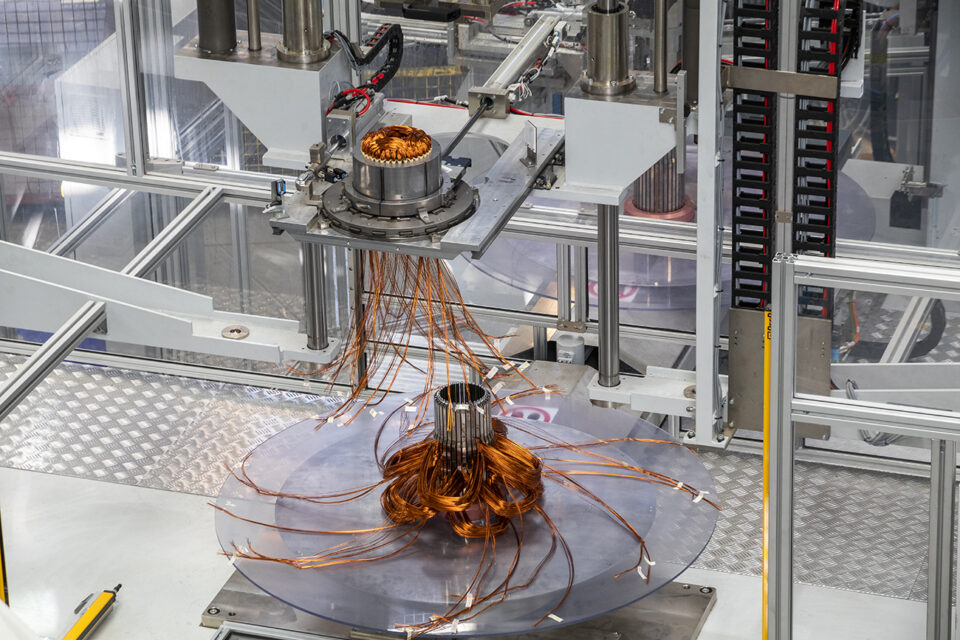Introduction
The car and mechanical segments are seeing a critical move towards more productive and economical technologies. This inventive winding strategy offers various preferences over conventional winding strategies, driving to make strides in execution, higher proficiency, and improved unwavering quality.
Understanding Hairpin Motor Winding Technology
The hairpin motor winding technology of honest hls includes a one-of-a-kind approach to winding the copper coils inside an electric motor. Not at all like customary circular wire windings, Hairpin technology utilizes pre-formed copper coils that take after Hairpins, thus the title.
These pre-formed coils are embedded into the stator spaces of the motor, coming about in a more compact and effective winding plan.
Benefits of Hairpin Motor Winding Technology
1. Upgraded Effectiveness:
One of the key benefits of Hairpin motor winding technology is its capacity to move forward the proficiency of electric motors. The special shape of the Hairpin coils permits for superior utilization of the accessible space inside the stator openings, leading to diminished copper misfortunes and made strides in execution.
2. Higher Control Thickness:
Hairpin winding technology empowers electric motors to attain higher control densities compared to conventional windings. This implies that motors built utilizing Hairpin technology can convey more control in a smaller and lighter bundle, making them ideal for applications where space and weight are basic variables.
3. Improved heat Execution:
The compact plan of Hairpin coils comes about in way better warm dissemination inside the motor, driving to make strides in warm execution. This not only improves the motor’s unwavering quality but also permits for higher ceaseless control appraisals, making it appropriate for requesting applications.
4. Decreased Production Costs:
Hairpin motor winding technology rearranges the fabricating handle by killing the requirement for time-consuming and labour-intensive winding operations. This comes about in lower generation costs and moved forward in general efficiency for motor producers.
Applications of Hairpin Motor Winding Technology
Hairpin motor winding technology is finding far-reaching appropriation over different businesses due to its various preferences. It is especially well-suited for applications that require tall control thickness, effectiveness, and unwavering quality.
A few common applications of Hairpin motors incorporate electric vehicles, mechanical drives, HVAC frameworks, and renewable vitality frameworks. You can also get help from honest intelligent equipments for this purpose.
Challenges and Future Trends
Whereas Hairpin motor winding technology offers noteworthy benefits, there are still some challenges to overcome. These incorporate the requirement for specialized fabricating gear and skill, as well as potential plan complexities. In any case, continuous inquiries about improvement endeavours are centered on tending to these challenges and optimizing the technology for broader applications.
Looking ahead, the future of Hairpin motor winding technology looks promising, with proceeded headways in materials, plan methods, and fabricating forms. As the request for high-performance electric motors proceeds to develop, hairpin technology is anticipated to play a key part in driving advancement and supportability within the industry.
Conclusion
Hairpin motor winding technology is revolutionizing the way electric motors are planned and made, advertising a wave of benefits that make it an appealing choice for a wide extend of applications.
As the technology proceeds to advance, able to anticipate to see indeed more imaginative applications and progressions that will shape the long run of electric motor technology.


